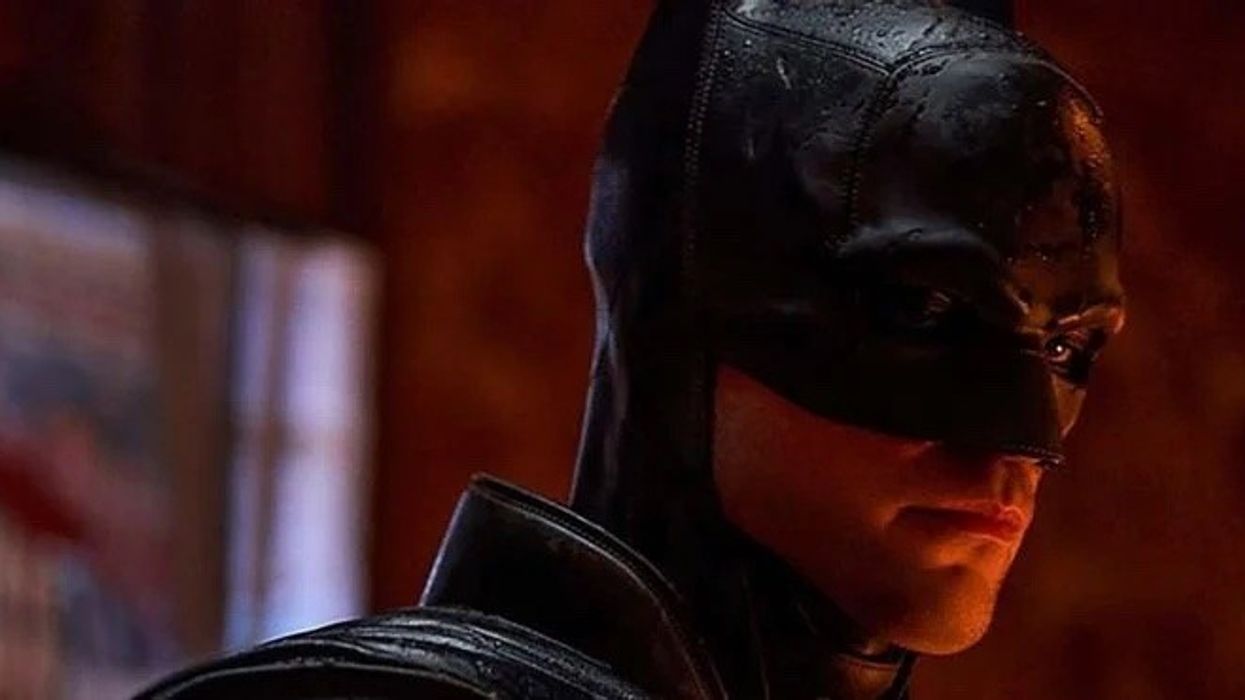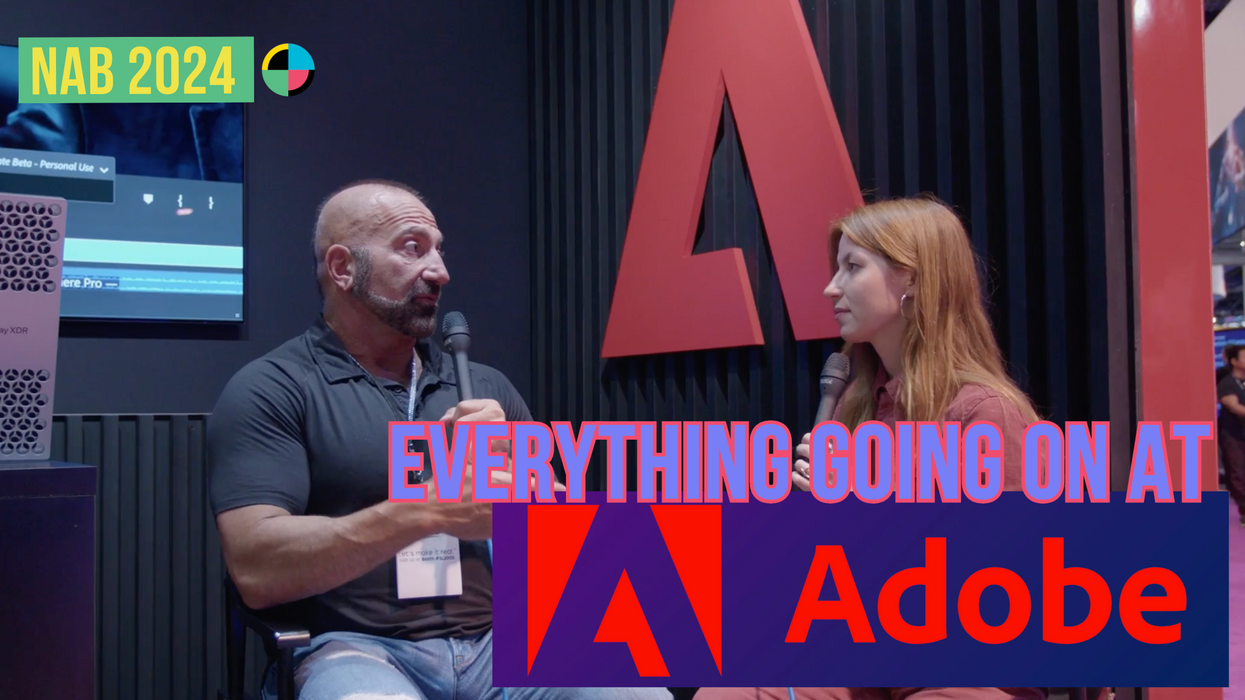How 'The Batman' Cinematographer Greig Fraser Uses Simplicity to Bring the Dark Knight to Life
There is nothing flashy about The Batman, and that's the point.

Greig Fraser’s first conversation with Matt Reeves about the Caped Crusader came before the director ever signed on to the film. While in post-production for his Planet of the Apesfilms, Reeves talked to the cinematographer about what this new era of Batman would look like.
Eventually, the “timing worked out” according to Fraser. As Batman (Robert Pattinson) pummels Gotham’s criminals to a pulp in a neverending downpour, the audience revels in the superhero we’ve all been craving—one with moral ambiguity.
Fraser’s quest to deliver justice in a “murky” way was always the intention. In a conversation with Variety, Fraser explained how he worked with his team to achieve the stunning camera work done during the complex production under the strict COVID-19 protocols, saying, “We worked our butts off. I’m proud of my crew. We worked through a very tricky time in history. They’re just incredible.”
When it came to light the darkness of The Batman’s world, Fraser wanted to emphasize the Dark Knight’s glory by finding the right balance between darkness and lightness. The challenge was finding the perfect balance to show off the well-crafted suit created by costume designer Glyn Dillon while playing into the idea of Batman being a “shadow” in the night. You can see this at play during the first few minutes of the film as criminals are afraid to go into the shadows when they see the Bat signal because they do not know if Batman is there or not.
Fraser states that his ability to create compelling visual storytelling like this was a response to Reeves' ability to write a great story.
“I love his writing because I can read it really easily, in the sense that it kind of reads like a storybook,” Fraser said. “You can feel when the [camera] pushes in and the high angles are [in Reeves’ script]. It was quite well-conceived in the script from a dramatic perspective, but we really needed to make sure that there were dense black shadows… And that was the point we wanted to make: [Batman is] lurking in those shadows.”
The key to creating a concise visual language was also the simplicity of each shot.
“I’d sit there and I’d flick through the frames half-a-second each, maybe less. But if I could tell what was going on, then I feel like we succeeded in our quest for simplicity of the frame. So I’ve watched this movie a number of times now flicking through on my iPad. It probably takes about five minutes to complete the whole film.”

Fraser says his desire for simplicity comes from a common problem most of us all have: a short attention span. But a short attention span does not mean that the cinematography has to be flashy. Instead, Fraser believes that he is “the conscious version of an audience member’s subconscious.”
“I believe, and this is if you want the Gospel according to Greig, when an image comes up on the screen, it takes you half a second, subconsciously, to work out where you are, what you are, who it is, and what you’re doing,” Fraser said. “I feel like you need to simplify the image so that when it flashes on the screen, you read it as fast as possible. And that doesn’t necessarily mean no production design or no feeling or no mood. It just means you’ve got to have focus and simplicity to the image.”
The overarching goal was to try and capture a scene with as few shots as possible. The camera's movement is limited, moving only when it has to so the audience can focus on what is happening in the scene. The idea of locking the camera off and limiting its movement came to Fraser after watching Ratcatcher, which “is a series of stunning stills, but they move the camera really delicately and only when they have to. When the camera moved, it took my breath away because they chose the right time to move the camera."

The visual language of the film expands further through Fraser’s use of urban lighting that feels “very sodium vapory [and] very fluorescent.”
While Batman is often drenched with reds and various shades of black, Catwoman (Zoë Kravitz) had certain key scans that bounced off her skin, making her more memorable to see on screen. The dichotomy of blue and red brings to life the complex nature of Cat's and Bat's relationship that can’t help but draw the hero and burglar together.
The Batman is gorgeous to watch. Filled with moments of simplicity, the focus is on the story rather than the spectacle, making this superhero film a breath of fresh air. While there is no news about a sequel, we can't wait to see Fraser’s work again and again on the silver screen.
Have you watched The Batman? Let us know your favorite shot from the film in the comments below!
Source: Variety












